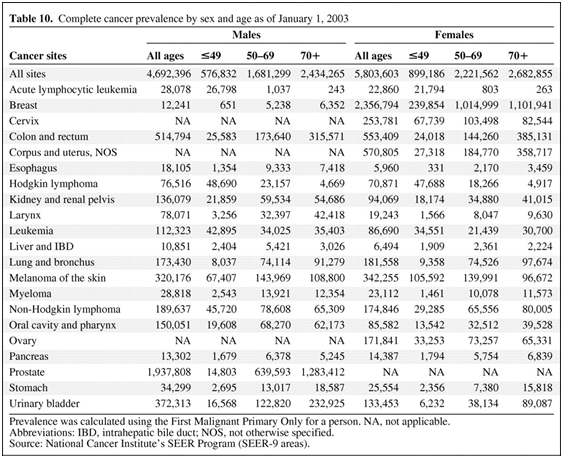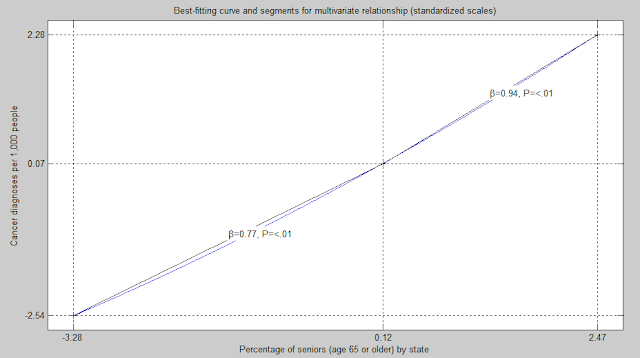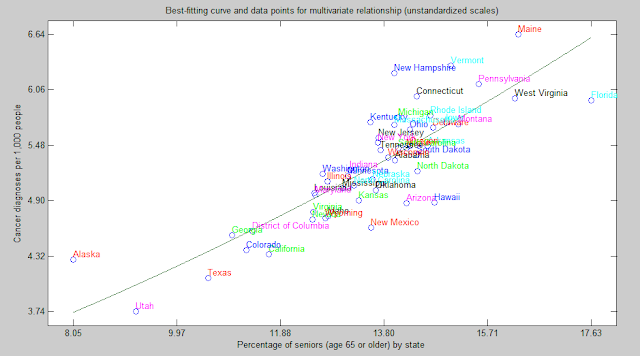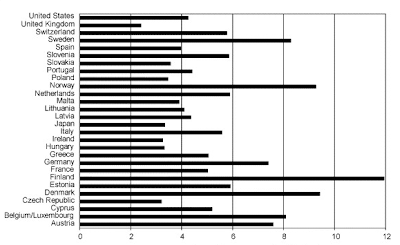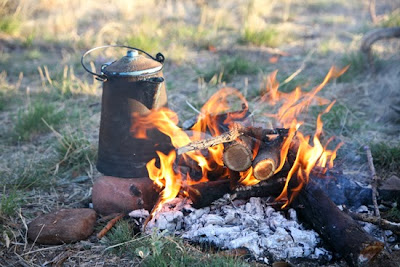This week, I’m digesting the fact that my dear little island home is hell-bent on the development of Hinkley Point in Somerset. For our international readers, Hinkley Point is a good old-fashioned nuclear reactor. Hinkley Point A (now closed) was a real magnox-charmer and producer of plutonium. Hinkley Point B is a gas-cooled-reactor, and a ‘second generation’ (so it must be safe). A new Nuclear plant - Point C - has been commissioned and a joint venture between the Chinese and French to build a new Nuclear Power station is planned. HOORAH!
As someone who has spent his life paddling in the fetid waters of Morecambe Bay, gently warmed by Heysham Nuclear Power Stations 1 and 2 (both ‘advanced cooled’ - even better) and the Mother of all Nuclear ‘reprossesing’ facilities -Sellafield, AKA - Windscale, AKA - Calder Hall…(so good they named it thrice)
Lest we forget, the Windscale Piles were shut down following a fire on 10 October 1957 which destroyed the core and belched radioactive material into the surrounding environment. AKA - The Lake District.
Lest we forget part 2, on 19 April 2005, 83,000 litres of radioactive waste was discovered to have leaked in the Thorp reprocessing plant (at Sellafield) from a cracked pipe into a huge sump-chamber. Oh yes, discovered 9 months after the leak started...reassuring eh?
Lest we forget part 3, between 1950 and 2000 there were 21 serious incidents or accidents involving some off-site radiological releases that warranted international concern.
((...think dear old Bob Peck in Edge of Darkness and the wonderful Clapton soundtrack. (didn’t Bob turn into black flowers??) Bloody Marvellous))
So what the hell does this have to do with arts and health? Hmmm. Where do we start? (+ we don’t forget Three Mile Island - Chernobyl - Fukushima either)
OK, so you don’t like windmills clogging up your rural idyl, as I’m sure others before you didn’t like those beautiful pylons that feed you and keep you warm. But if we are really - and I mean REALLY - going to consider arts and health as important - as relevant - should’t we be thinking of health beyond the confines of our sentient little selves?
Health and wellbeing stretch way beyond our simple individualistic confines. Surely arts/health is concerned with life beyond selfish-individualism - ultimately, beyond our own pathology - so, as concerned as we are with our own health and self-preservation, should’t we embrace a more global and environmental perspective? Whist I’m dubious about the profit-driven motives of our new nuclear masters, I can flag up some artist/designers who are thinking big about our dear old mother-earth. Dutch artist, Daan Roosegaarde, is at least is trying to reimagine solutions to burgeoning environmental problems. His aspirational system SMOG imagines ‘hacking the landscape in a poetic way.’ Roosegaarde has plans to use an electrostatic field of buried copper coils, to pull out the smog from the fetid air of China. Go Roosegaarde, go! This is the stuff we want to hear about. BOOM! to your wonderful imagination.
It's only a few weeks ago that the World Health Organisation announced that they acknowledge the impact of airborne pollution on all sorts of respiratory disease, including lung cancer, so the air in Shanghai, Beijing or even walking down Oxford Road, should be a concern for all of us. Now I notice that Beijing are proposing to spend £102 billion (yes, billion) on tackling air pollution. The Guardian reports that a Beijing based artist, Matt Hope (the key is in his surname) has developed , ‘a prototype for an air-purifying-bicycle out of a mesh rubbish bin, a fighter-pilot mask, a moped helmet and a peddle-powered wind generator.’ COME ON MATT! KA-BOOM! Surely this is the kind of Heath-Robinson approach that’s needed, and without the plutonium spillage!
Finally, Xiaowei Wang has a project called FLOAT in which Beijing residents attach small air-quality monitors onto hand-made kites. The kites have little LED lights on them and at night time, these flash different colours to reflect different states of air-quality, and there are workshops to make kites and fly them at night. This is great...stretching beyond the individual, enabling people to understand the issues, monitor the science behind the issue - and I’d hope - take action. BANG goes Wang!! Here’s the Million Yuan question though. In the face of bags of profits to be made by the smog-creating factories that pepper China, the real public health issue isn’t necessarily about the big-tidy-up, but about reducing the causes. Now then Beijing, there’s your challenge. Mind you, you can always build a reactor on our already nuclear-drenched landscape.
Of course, a hell-bent advocate for sound-economic-pollution-production, could eat me for breakfast with their statistical facts on the pros and cons of the split atom, and other than recommending a billion works of social/science/fiction (think Riddley Walker here) - all I can do is SCREAM from the sidelines at those in control. This week however, has seen the peoples bearded buddhist, Russell Brand have a splendid confrontation with Jeremy Paxman.
My gut instinct was not to engage with his new/old-age mystic and the web-frenzy over his encounter/interview/mentor-mentee relationship with Paxman. But I was forced into begrudging admiration. He spoke from the heart - both facetiously - and with a tempered call to arms, for a revolution. Ohhh, that this were imminent. My overriding joy in this 10 minute skiffle, was Brand’s beautiful (maybe naive) honesty. He showed no fear in front of Paxman, who I think, showed a rare respect for Brand. The beard comments and something on the lines of looking doe-eyed into the fire, were quite sublime.
So I’m back in beautiful Vilnius for the second stage of the Arts and Health training at the Oncology Institute and will be working with artists and designers who have been developing proposals around new commissions here. Can’t wait to see their ideas. Working closely with the British Council and the wonderful team at Socialiniai Meno Projektai who are facilitating a seminar for public mental health specialists. I’m thrilled to be speaking alongside the inspirational Lee Knifton after the recent Scottish Mental Health Arts and Film Festival and Isabella Goldie from the Mental Health Foundation, Scotland. For my part, I am revisiting my fascination with the way we pathologies our everyday lives, whilst handing over the curation of our wellbeing to the wonderful world of pharmacology. Hey Ho!
Coffee anyone? Why not go for the small-scale and local? Try STARBUNG and to hell on a hand-cart with the big-bucks!
Tudor Trust grants for voluntary & community groups
The Tudor Trust is an independent grant-making trust which supports voluntary and community groups working in any part of the UK. The Trust particularly wants to help smaller, community-led organisations that work directly with people who are at the margins of society, and support positive changes in people’s lives and in their communities.
Grants can go towards core organisational costs, projects, buildings/equipment and grants to help strengthen your organisation. Tudor doesn’t have specific funding programmes, but is looking to fund the following types of organisations/projects:
· Organisations working directly with people who are at the margins of society
· A focus on building stronger communities by overcoming isolation and fragmentation and encouraging inclusion, connection and integration
· Organisations which are embedded in and have developed out of their community – whether the local area or a ‘community of interest’
· High levels of user involvement, and an emphasis on self-help where this is appropriate
· Work which addresses complex and multi-stranded problems in unusual or imaginative ways
· Organisations which are thoughtful in their use of resources and which foster community resilience in the face of environmental, economic or social change
You can apply at any time, and there is no minimum or maximum amount.
30k bursary for emerging artists aged 18-30
Sky Arts and IdeasTap are giving away five bursaries of £30,000 each to emerging artists aged 18-30. The bursaries are designed to help talented individuals from a range of creative disciplines focus on their creative practice for a whole year. In addition to the funding, winners are paired with creative and business mentors to support their development. The Futures Fund is open to UK and Irish applicants working in the following fields:
· Performing arts theatre-makers including directors, producers, puppeteers
· Dance including dancers and choreographers
· Music including composers, conductors, musicians and songwriters
· Visual art including painters, photographers, animators, digital artists
· Creative producing – for people who bring together different artists
· Creative writing including playwrights, novelists and poets
Find out more and apply at
Baily Thomas Charitable Fund
The Baily Thomas Charitable Fund is a registered charity which was established to support projects in the area of learning disability and to aid the care and relief of those affected by learning disability by making grants to voluntary organisations within the UK and the Republic of Ireland working in this field. The Trust consider under learning disability the conditions generally referred to as severe learning difficulties, together with autism. In this area, they consider projects concerning children or adults. Funding in the past has ranged in value from £100 to £150,000. The next deadline for research funding is the 1st January 2014, and the 13th January 2014 for general funding. Read more at:
Digital Makers Fund Opens for a Second Round of Applications
Digital Charities, Nesta and the Nominet Trust have announced a second open call for ideas to significantly increase the number of young people who participate in digital making activities. Through the Digital Makers Fund, grants of between £20,000 and £50,000 are available for projects that use young people's existing interests, passions and pastimes as a gateway to digital making, inspiring young people to become creators, not just users of digital technologies. Alongside the grant a package of tailored support will be offered; this includes expert advice and mentoring and access to Nesta and Nominet Trust's expertise, networks and event space.
To apply, applicants will need to attend a Digital Makers workshop or webchat before deciding to submit an application. Applicants will the need to submit a short video pitch of no more than two minutes and a short application form. The deadline for applications is the 14th November 2013. Read more at:
BBC Children in Need Main Grants Programme
BBC Children in Need has announced that the next applications deadline for its Main Grants Programme is the 15th January 2014.Funding is available to organisations that work with young people who are suffering from:
· Illness
· Distress; abuse or neglect
· Are disabled
· Have behavioural or psychological difficulties
· Are living in poverty or situations of deprivation.
The Main grants programme is open to applications for over £10,000. Read more at http://www.bbc.co.uk/programmes/b008dk4b/features/cin-grants-applyforagrant
Actors Needed
Based in Liverpool Collective Encounters is a national company specialising in theatre for social change. The company has recently been commissioned by National Museums Liverpool to deliver the drama element of the House of Memories Museum training for social care staff working with people living with dementia. The play will be written and directed by Sarah Thornton and will include elements of audience/performance interaction. We are looking for:
· 1 x female performer with a playing age of 65+.
· 1 x female performer with a playing age of 50 – 65.
· 1 x actor/joker (male or female) with substantial experience of forum theatre facilitation.
All performers are required to play a variety of characters and will have adeptness for regional accents. All performers will need to have excellent improvisation skills as well as experience of or an understanding of interactive theatre.
Rehearsals: Rehearsals will take place in Liverpool. Rehearsal weeks are split to take into account the Christmas break. Rehearsals dates are
· Monday 13th November – Saturday 21st December 2013
· Monday 6th January – Saturday 18th January 2014
Performances will take place during the hours of 10am – 3pm. From the 20th January until the 28th March there will be a total of 14 x performances in Liverpool and the Midlands. Venues are the Museum of Liverpool and a key Midlands cultural venue (actual venue tbc).
Contract: The 4-week rehearsal is offered on an ITC/Equity contract at £430 p/w. Fees for the 14 performances are offered on a freelance contract basis at a rate of £150 per performance. Expenses for relocation can be negotiated. Auditions will take place in Liverpool on 13th November 2013. To apply please send your CV and headshot to vacancies@collective-encounters.org.uk by Monday 11th November. For more information call 07811175095.
Thank you as ever for visiting this place...C.P.








